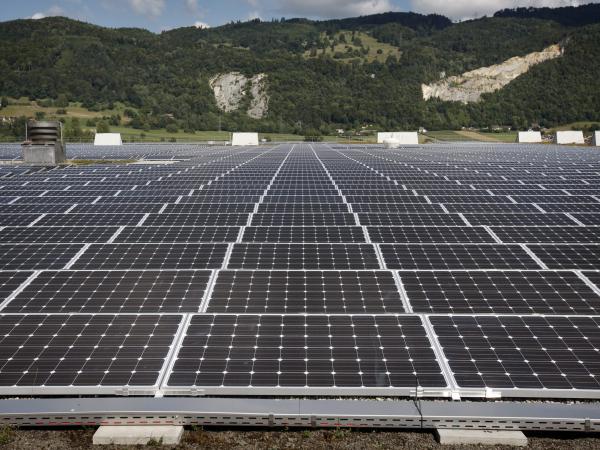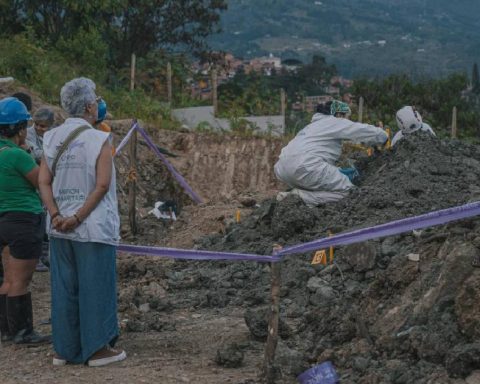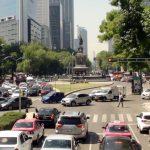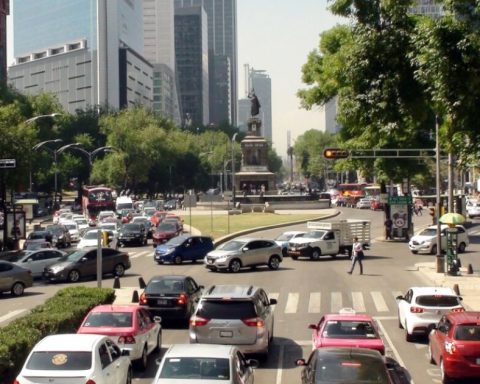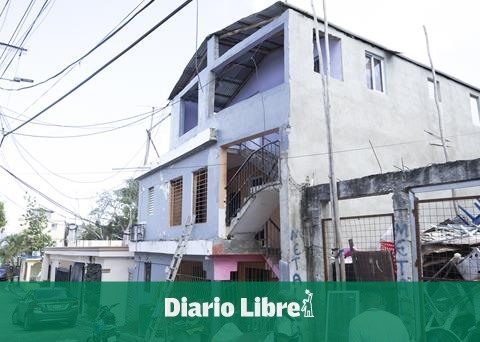The green wave that they are driving Governments and corporations in recent years have made sustainable issues increasingly cross-cutting within national agendas.
In parallel to the green bond issues that the Ministry of Finance has already carried out, and while President Iván Duque prepares for the United Nations Conference on Climate Change in 2021 (COP 26) to be held next week, the Government is making progress in creating a framework to finance future sustainable growth: the green taxonomy.
(The 9 companies awarded in the new renewable energy auction).
As its name indicates, taxonomy is a classification system that, based on a series of criteria, seeks to identify which economic activities and investments have substantial contributions to the achievement of environmental objectives, which respond to the commitments, strategies and policies drawn up by Colombia in environmental matters.
“With the green taxonomy we seek to group a group of activities that meet criteria aimed at achieving environmental objectives for the country”said Jesús Antonio Bejarano, Technical Vice Minister of Finance.
According to the official, the taxonomy will make it possible to identify what activities the Government carries out that meet these environmental objectives, and from there to classify them.
(La Nación already exceeds 2,800 MW in renewable sources).
“This is important because it allows investors who are going to finance certain projects to be told which ones are green and to guarantee that these investments will actually finance projects that comply with environmental commitments.”, clarified Bejarano. The taxonomy takes into account the country’s environmental commitments and policies in four major objectives: environmental, biodiversity, water resource management and risk management.
In fact, among the environmental commitments of Nationally Determined Contributions (NDCs), the heart of the Paris Agreement, An international treaty on climate change that Colombia signed in 2015, remained as a commitment of the country that by 2030 there should be a first version of the green taxonomy.
“In updating this, it was presented as one of the tasks that is being carried out in the means of implementation. Making a taxonomy is a very ambitious process, but the main bet for now is on climate change ”, explained the deputy minister.
In this way, the taxonomy becomes an element of the roadmap for green investments, within the Paris Agreement, precisely one of the issues that has been reviewed by the governments is where the movement of public resources is going and private, as this is not a matter only of capital markets, but of financing.
“Our commitment as a Government is to use these investments in green activities, and that is precisely determined with the taxonomy”, said the deputy minister. Although a good part of the objective of the green taxonomy is to attract investment, its usefulness is not only at the private level, but also allows the government to go to multilateral banks and obtain financing for specific green projects. Also from the public side are the green bonds, the funds and with the budget plotters to review where these resources are mobilized.
THE TAXONOMY
On September 20, the first phase of the green taxonomy was launched for citizen and expert comments, work that culminated last week. From there, the tool will continue with its technical tables to consolidate itself.
This first phase included a first technical document, with seven annexes with the sectors of energy, construction, waste management and emission capture, water supply and treatment, transport, information and communication technologies, and manufacturing, and a second document technician focused on the main land use sectors in Colombia: livestock, agriculture and forestry.
(Economic sectors of the country with potential and on alert for 2022).
“We are still determining how the governance and legal instrument of this will be, because if it is left as a decree or law it is a risk, since inflexibilities are generated, and this is a field that evolves over time”, said Bejarano, who also clarified that for now there is no investment goal through the instrument either.
However, the Government of Colombia will take these advances next week for COP 26 in Glasgow (Scotland), as the Ministry will take the results of the first phase to the negotiations of the Climate Finance Table and carbon markets.
AN INTERINSTITUTIONAL JOB
Together with the Ministry of Finance, other entities such as the Ministry of the Environment, National Planning (DNP), the National Administrative Department of Statistics (DANE) and the Financial Superintendency, and also received technical assistance from the World Bank and the International Finance Corporation (IFC).
Prior to the launch, the sectors to be analyzed were identified and various specialists and experts were consulted in order to define the eligibility criteria and compliance requirements for the identified activities.
Now we will seek to generate a single document.
LAURA LUCÍA BECERRA ELEJALDE
